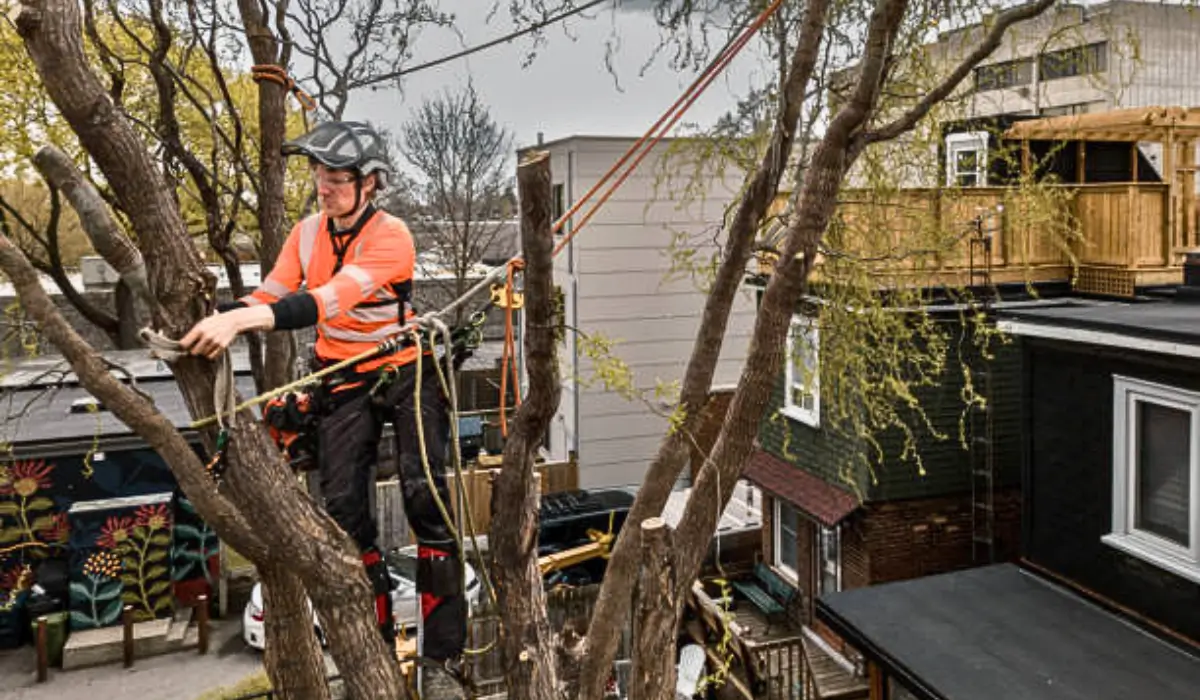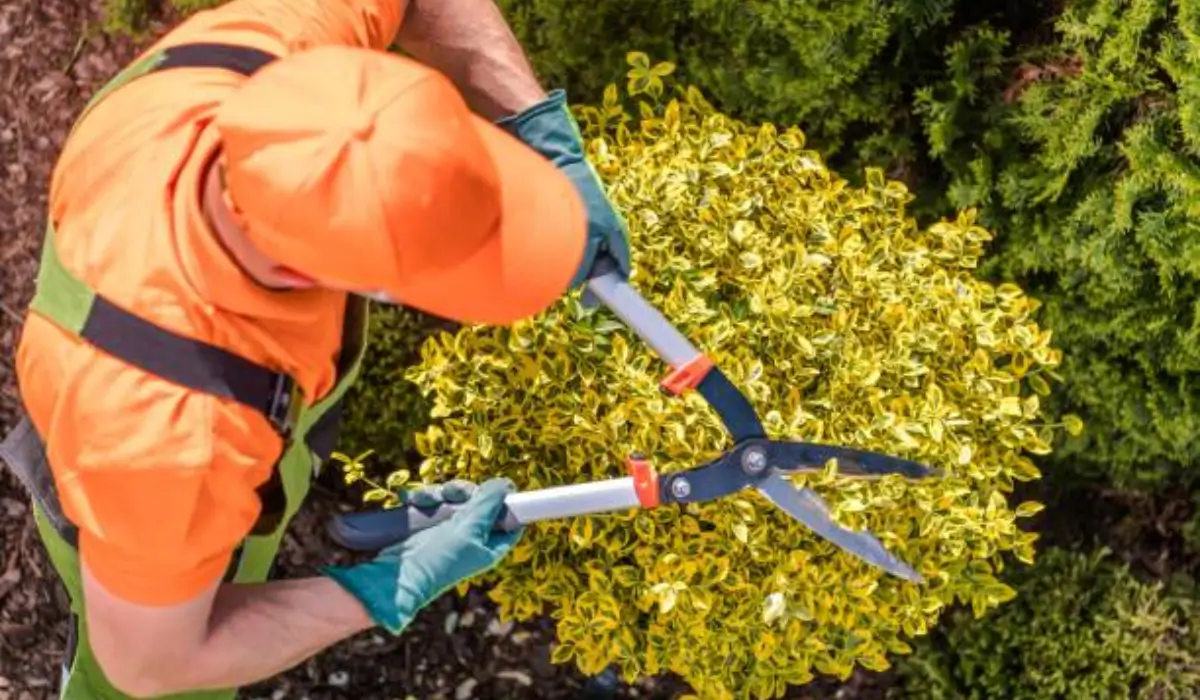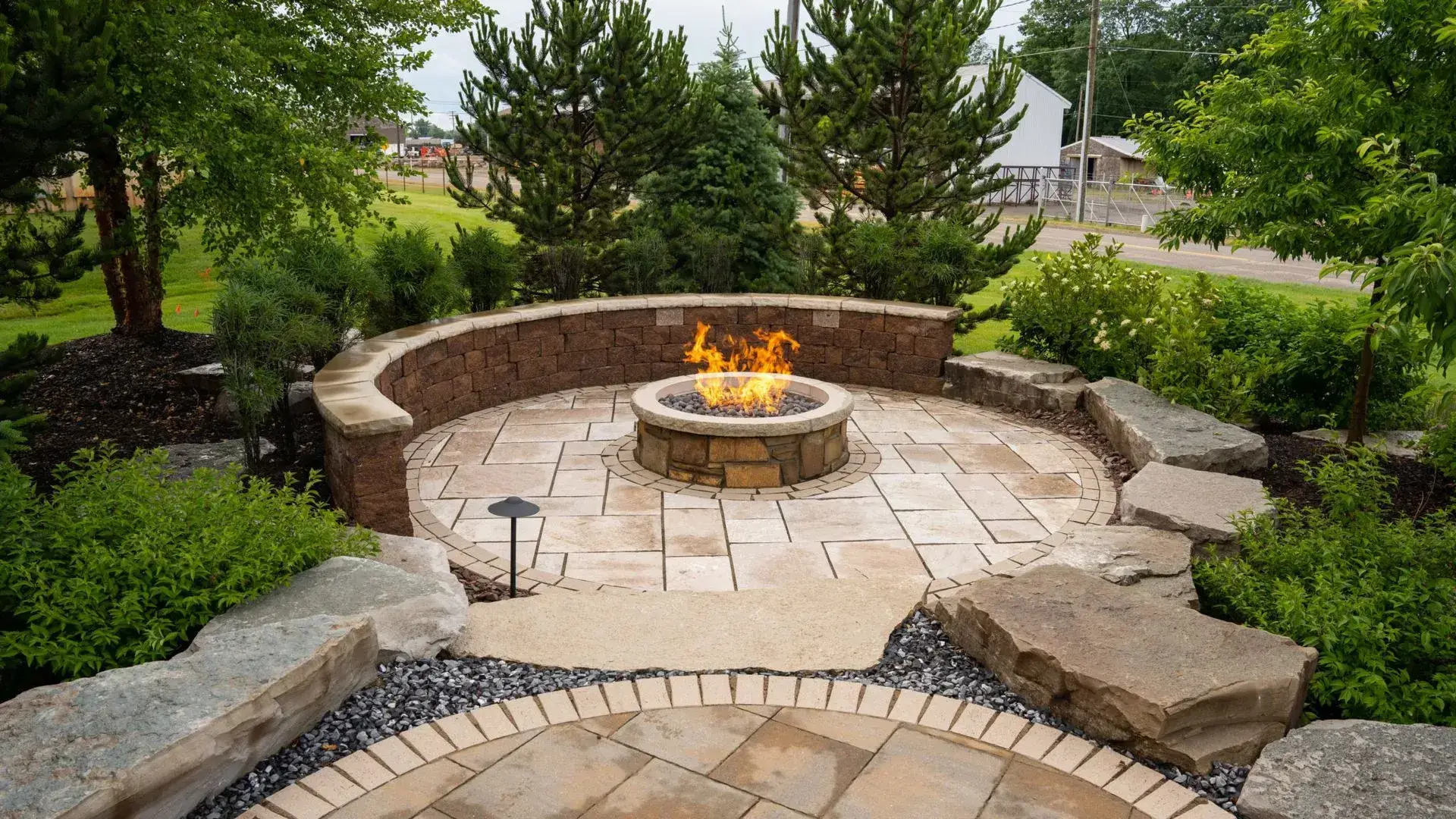
- Everlast Landscape and Design, LLC.
- Tree Trimming
- Tree Trimming Tips: When to Prune or Remove a Hazardous Tree
Tree Trimming Tips: When to Prune or Remove a Hazardous Tree

Tree Trimming Tips: When to Prune or Remove a Hazardous Tree
Are Your Trees a Safety Hazard? Signs It’s Time for Tree Trimming or Removal
There’s something timeless about the presence of greenery in a landscape—the way Overgrown branches, structural weaknesses, and hidden decay put your home, vehicles, and safety at risk. Ignoring these issues can lead to costly damage or even emergencies.
That’s where Everlast Landscape and Design LLC comes in. As trusted experts in landscaping services and tree trimming, we ensure your outdoor space stays beautiful, functional, and safe. Whether it’s routine maintenance or urgent tree removal, our team handles every job with precision and care.
How do you know when it’s time to act? Watch for these warning signs before minor issues turn into major problems.
Signs Your Tree May Be Dangerous
Well-maintained greenery enhances the beauty of a property, but if plants become hazardous, they can pose serious risks. Homeowners must recognize early warning signs to take timely action and prevent costly damage or injuries.
1. Dead or Decaying Branches
Over time, large branches may decay due to disease, insect infestation, or storm damage. If you notice brittle limbs breaking off easily, it could be a sign the plant is at risk of falling. Decaying branches can be hidden from view; if more than 50% of the branches are dead, the plant may be beyond saving. In such cases, consulting a professional is the best option.
💡 Prevention Tip: Schedule regular tree trimming to remove weak branches before they become a safety hazard.
2. Leaning Trees or Uprooted Roots
A suddenly leaning plant may have unstable roots, making it a potential safety hazard. While some natural lean is normal, a significant shift can indicate root damage. Roots provide structural support, and when they become compromised due to soil erosion or decay, the risk of falling increases.
How do you know if a tree should be removed? If the lean exceeds 15 degrees from vertical or roots appear lifted, it’s time to seek professional assessment.
3. Cracks in the Trunk
Deep cracks along the trunk can signal internal weakness. Severe splits often require professional assessment to determine if trimming will suffice or if complete removal is necessary. Cracks that extend through the bark and into the wood indicate weak foundation, especially if located near a major branch.
📌 Safety Check: Inspect your plants after a storm for new cracks that may indicate internal damage.
4. Hollow or Diseased Spots
Plants with hollow trunks or visible fungal growth may be weakened. A thorough tree safety inspection can help determine whether it’s time for complete removal or if selective tree pruning can extend its life. If a plant is more than 30% hollow, it is considered unsafe and should be evaluated for removal.
❗ Warning Signs: Look for mushrooms at the base, peeling bark, or soft spots—these may indicate rot inside.
Concerned About a Hollow or Diseased Tree?
When to Choose Tree Trimming vs. When to Remove
Deciding between tree trimming and complete removal depends on the plant’s condition and potential risks. While some issues can be fixed with regular upkeep, others require complete removal to ensure safety.
Minor Issues That Trimming Can Resolve
- Overgrown Branches Near Your Home or Power Lines
Branches growing too close to your home or power lines can become hazardous. Working with local landscape companies to know when to trim trees is essential to prevent potential damage and maintain safety. Keeping branches at least 10 feet (ca. 3 m) away from power lines is recommended for safety.
- Excessive Foliage Blocking Sunlight or Airflow
Thick foliage can reduce natural light and airflow, impacting the health of surrounding plants and creating too many branches blocking air and light. Proper spacing between branches allows air circulation, reducing the risk of fungal infections.
- Seasonal Maintenance to Promote Healthy Growth
Regular trimming supports steady growth by removing weak or excess branches. The best time to trim trees depends on the season, ensuring they stay strong and well-shaped year-round. Avoid trimming in late fall, as this can leave plants vulnerable to winter damage.
💡 Service Tip: If the structure is still intact and the roots are stable, tree trimming near me services can help restore shape while eliminating risks.
Signs That Full Removal Is the Safest Option
- Plant Hazard Signs – Deep cracks, splits, or structural weakness pose a serious risk and may indicate signs a tree needs to be removed to prevent accidents.
- Roots Disrupting Sidewalks, Patios, or Driveways – Expanding roots can lift or crack hard surfaces, leading to expensive fixes and potential safety hazards.
- Fungal Infections Causing Large Sections to Rot – Widespread rot weakens the plant’s structure, increasing the risk of it collapsing and causing damage to nearby areas.

How Professional Tree Services Can Help
The Importance of Expert Assessment
While minor pruning can be a do-it-yourself task, dealing with hazardous trees requires professional knowledge. Understanding essential lawn care and landscaping tips can help, but incorrectly assessing plant health could lead to property damage or personal injury.
Safety Risks of DIY Tree Cutting
- Lack of Proper Tree Trimming Tools Is Dangerous
Without the right equipment, handling cuts and heavy limbs becomes risky, increasing the chances of accidents or injuries.
- Incorrect Cutting Can Weaken the Structure
Poor cutting methods can cause stress on the plant, leading to instability, decay, or unexpected breakage over time. It’s essential to choose the right landscaping company to ensure safe and proper techniques.
- Falling Branches Endanger Structures and People
Uncontrolled falling limbs can damage homes, vehicles, or power lines and create hazards for anyone nearby. Understanding how to check if a tree is a safety risk can help prevent accidents before they happen.
Stronger Trees, Safer Yards—Let’s Get Started
Knowing when to schedule tree trimming or when a plant has become a liability is crucial in preventing unexpected hazards. Regular inspections and timely action can help maintain a secure and well-maintained outdoor space.
That’s where Everlast Landscape and Design LLC comes in. With years of expertise in tree removal and landscaping, we ensure your property stays safe while preserving its natural beauty. Whether you need pruning to enhance plant health, complete removal for safety reasons, or expert hardscaping to complement your outdoor space, our skilled team is ready to help.
Don’t wait until a hazardous tree causes damage!
Articles We've Chosen For You:


Useful Links
©2025 Everlast Landscape and Design, LLC. All Rights Reserved.
🚀 Powered by SEOLEVELUP, LLC® Website Design SEO Company
